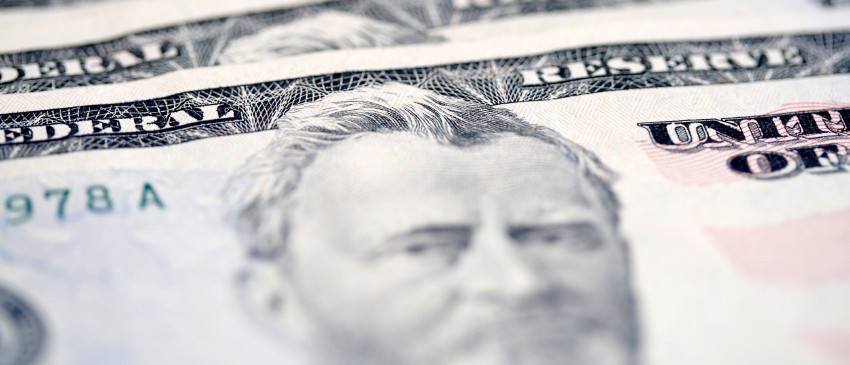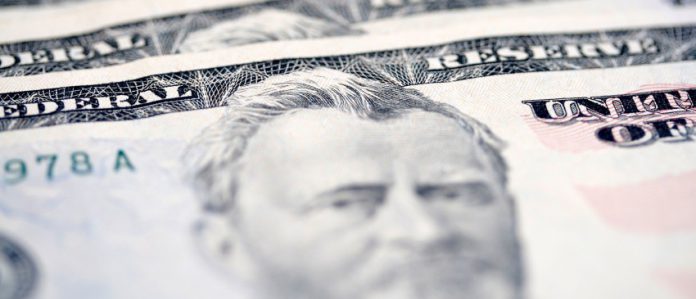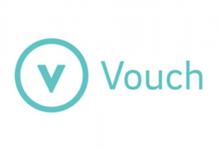
At NerdWallet, we adhere to strict standards of editorial integrity that will help you make decisions with full confidence. Many or all of the products featured here are from our partners. Here’s how we make money.
After mortgages, student loans represent?the biggest?debt being shouldered by U.S.?households. Americans?owe $1.21 trillion in student education loans – that’s an average of $47,712 for each household in debt, according to research conducted recently by NerdWallet.?Over 70% of the debt is owed to the authorities, making Uncle Sam the largest holder of nonrevolving American personal debt, with $932 billion owed into it.
It hasn’t always been this way. Even?as the third quarter of 2009, automotive loans and credit cards outranked student education loans in terms of their burden on American households -?and also the authorities held just a small part of your debt. The federalization of most education loans and also the rising cost of college, that has outpaced inflation for decades, are among the causes of this surge of money owed to the U.S. government.
The following chart shows the development within the federal government’s role like a lender, in contrast to other kinds of lenders. Remember that while other institutions are extending various kinds of credit, like credit cards and personal loans, the us government is focused on student education loans, making the rapid increase in its holdings much more striking.
Holders of all outstanding consumer debt (2000-2015)
How we’ve got here
During the recession that began in 2008, capital dried up, making loans harder to acquire, according to the U.S. Department of Education. To ease the effect on student borrowers, the federal government began to purchase guaranteed student education loans – loans from private banks, but for which the authorities assumes the risk for default – underneath the Ensuring Continued Use of Student education loans Act. Then, in 2010, the federal government ended programs that guaranteed private loans altogether, instead issuing loans directly with the Department of Education, making the federal government the most popular lending option.
Federal loans are different
While private loans continue to be available, they’re no longer backed through the government and thus command a higher rate of interest. Lower rates, as well as other generous repayment terms such as forbearance, deferment and the possibility of debt forgiveness for nonprofit and public sector workers, make federal loans a far more attractive choice for students who qualify.
These repayment options can produce a huge difference, says Abbey Stauffer, NerdWallet’s student loans expert. “Federal borrowers can embark upon income-based repayment plans, which base one’s payment per month amount on income, whereas with private loans, there’s much more rigidity around your payment amount. When you’re a current grad scraping with a living, keeping your monthly payment low can be a godsend,” she says.
“The reality is that lots of students need a mixture of both federal and private loans to fully cover their college costs. We recommend maxing out federal loans first, then looking around for private loans that offer the best terms,” Stauffer says.
Also keep in mind that despite their benefits, federal loan options like forbearance and deferment might have unforeseen consequences for borrowers, allowing interest to accrue over for a longer time, that will drive up balances.
Ways to keep student debt under control
Stauffer recommends that borrowers first explore income-related repayment plans, to which the borrower continues to make smaller payments including interest, to keep federal loans under control. These programs include Pay As You Earn, income-based and income-contingent repayment programs.
You can explore switching repayment plans on the government’s Federal Student Aid website. If you decide it’s best for you, speak to your loan servicer, who are able to help you make the switch.
Another choice to keep debt down is work-study, which allows students to take mostly on-campus jobs instead of or in accessory for student education loans. ?These jobs, together with federal loans and grants, are awarded based on need, so students have to fill out the FAFSA in order to be eligible.
The legacy of student loans
It’s hard to discharge student loans in bankruptcy – although federal loans offer?deferment, forbearance and debt forgiveness options to help make your debt more manageable. But since the full responsibility of the loan squarely remains around the borrower, this debt can follow Americans into their retirement.
Borrowers still default, though, most abundant in recent number in the Department of Education placing the default rate for federal student loans at 11.8%. That’s significantly higher than the two.7% default rate web hosting loans.
All this debt may have an impact for decades to come, and it will not be restricted to those who did the borrowing – the whole economy might find the effects. High student loan payments means more people can’t afford to purchase a home or any other big-ticket items.
For more information on how to get charge of your education loan debt, take a look at NerdWallet’s helpful suggestions and tools here.
This article was compiled by NerdWallet and was originally published by USA Today.
Image via iStock.














